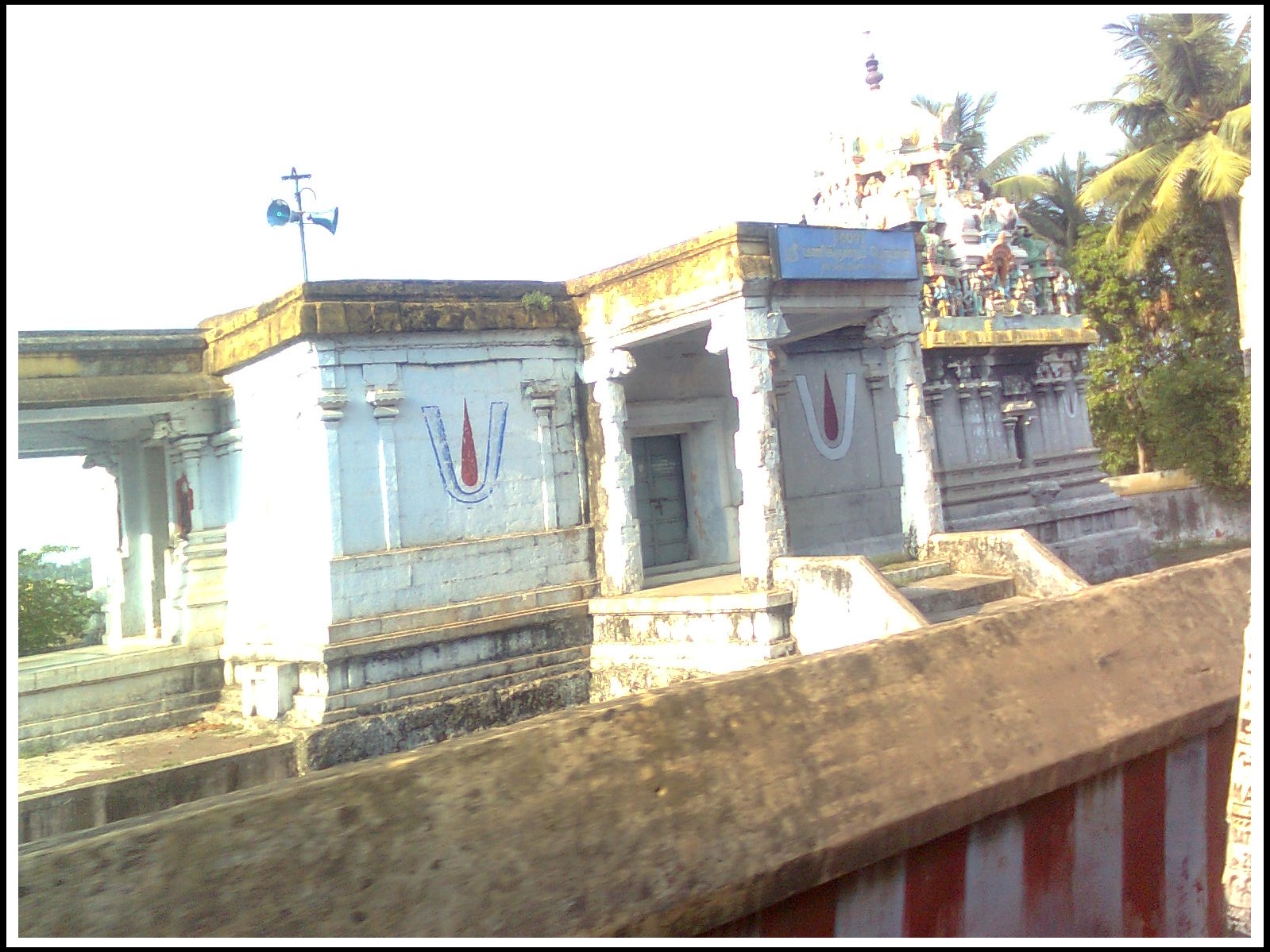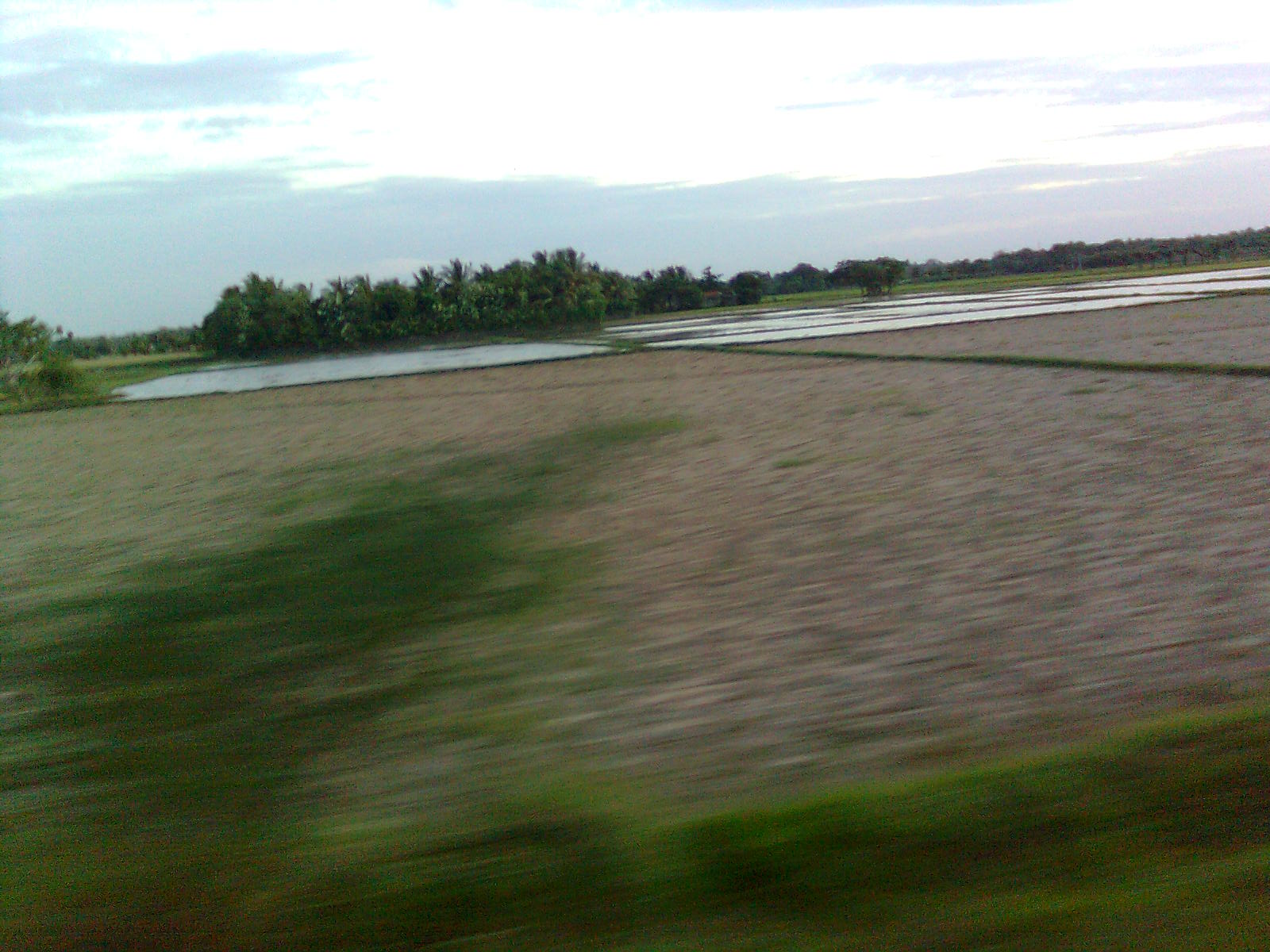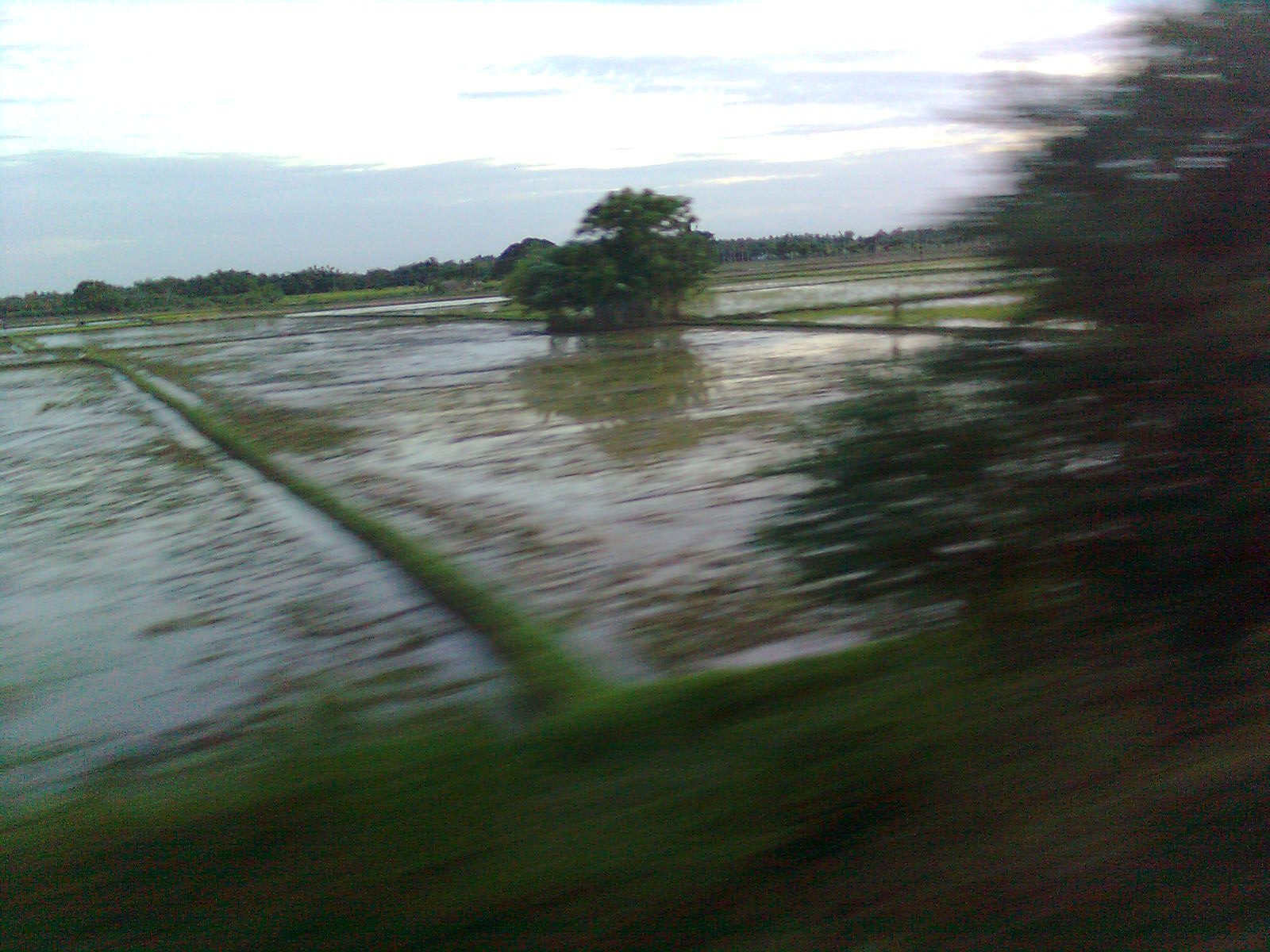This is part 2 of the Kumbakonam April 18-22 travelogue. Part 1 is here.
We started off bright and early at 6:30AM for our first pilgrimage. The original plan was just Thirukadayur with the whole family. The wife had been reading Abhirami Andhadi for a while, but had never really been Thirukadayur and seen the Goddess Abhirami. I was going to slug out Sirkazhi and Thirukolakka solo. But then, it looked like a better plan to do these two together. The latter two temples are 21km from Thirukadayur. And it helped that I had told the awesome sthala varalaru (literal translation: story of significance of the shrine) to her, and she was hooked too.
So back to the journey. We had hired an Indigo. We hit Sirkazhi first. The route from Kumbakonam is pretty straight forward. Take the Mayavaram road. You will pass Thirubuvanam (famous for silk sarees), Thiruvidaimaruthur (famous for the Brimhahathi gopuram – Mahalinga swami temple), Govindapuram (famous for the Vittal Krishnar temple), Adhuthurai, Madhirimangalam, Kutthalam,and you hit Mayavaram. This stretch is about 32km. The road quality is decent. But it is the typical Tanjore delta roads, where the roads meander as much as the Kaveri itself.
View Larger Map
When you get into Mayavaram, just go straight. Pass the railway station. Pass the bus station. Until you hit a T-junction. Look to the right, and you will see the third building on the left — Kaliyakudi. How can you get to Mayavaram and not have food at this place. It is a third generation run hotel. Now modernized with A/c. Food is decent as well. Just dont get there too early (like us – we were there at 7:15AM). The dosa kal (literal translation: dosa stone) was not hot enough, and hence no dosa was available. So a hearty breakfast was had.


Once done with breakfast, take a U-turn, and head the other way down Pattamangalam Theru. This road leads to the Chidambaram road if you dont take any turns. Just keep following the main road. You will reach Sirkazhi in about 22 km. You will pass Vaitheeswaran Kovil on the way. So in case, you want to make a quick stop you can. We did not, in this trip.
View Larger
Before we get into the sthala puranam, I will give you two tips to soak into the local culture.
- Somehow get someone local to say the name Sirkazhi. Anyone local to the Tanjore/Mayavaram/Kumbakonam area should be fine. They will always say it as “Seeezzhazhii”. The ‘ra’ and the ‘ka’ are conspicuously absent.
- When asking for directions, or for help, address the person as ‘ayya’. You will get a much better treatment. Thats how the locals call each other. (Kinda like using ‘boss’ or ‘guru’ in Bangalore ; and ‘anne’ in Chennai).
Sirkazhi Sthala Puranam (or alteast parts of it)
In general Sirkazhi has a very rich historical lineage. It is said to be that Brahma came and worshipped in this temple. So the city at one point in time used to be called Brahmapuram. In fact the main deity is also called Brahmapureeswarar. The city is also referred to as Kaazhi in a lot of the tamil scriptures.
Back to the Periya puranam story, Sirkazhi is the birth place of one of the Naalvar – Thiru Gnana Sambandhar – the child saint. The sprightly young lad of 3 years, followed his father – Sivapada Hrudayar to the temple tank. It is also significant to note that, before conceiving Sambandhar, Sivapada Hrudayar and his wife prayed to Lord Shiva to be endowed with a son, whose sole aim in life would be to spread Shaivism and make it win over other competing principles at that time. Jainism and Buddhism was dominant at that time, and had political patronage. There were some religious fanatics of these two religions who went to great length to destroy Shaivism and prevail over. It was not too different a time than now.
So Sambandhar went to the tank with this father. While the father immersed himself in the temple tank, the child felt lonely and started crying. It is said that, on the request of Lord Shiva, Goddess Parvathi fed the child with her own mothers milk, extracted in a silver cup .The father came out of the tank, and saw the child with milk on his lips, and silver cup in his hand, and got pretty cross. On questioning the child, the child pointed to the Gopuram of the temple and alluded to the fact that, it was the Lord himself. It is my understanding this is the Sattainathar Sannidhi that we need to walk up a flight of stairs to see even today.
When the father did not believe him, the child who had barely started speaking a few words (he was 3 at that time), sang is first pathikam (decad). The father was shocked and realized instantly, that his wish had been fulfilled.
In the next 15 years, Sambandhar travelled to 100s of shrines and sang beautiful decads on Lord Shiva. It is also of note, that in almost all of his decads, there would be a venomous sarcasm against the Jains and the Buddhists of the time, in the 10th stanza of every decad he sang.
I did not take too many pictures of Sirkazhi. You can get tons of pictures on Google Image search.

The Brahma Theertham – where Gnana Sambandar got Gnana Paal (Literal translation: Knowledge milk).
Note: As I had said in an earlier paragraph, most of the literature that I read on the web, does indicate to the fact, that it was not the Buddhist religion or Jainism that was the culprit, but a subset of religious fanatics, who misinterpreted a large portion of the religion to their advantage. Or, so, I would like to keep my opinion.















